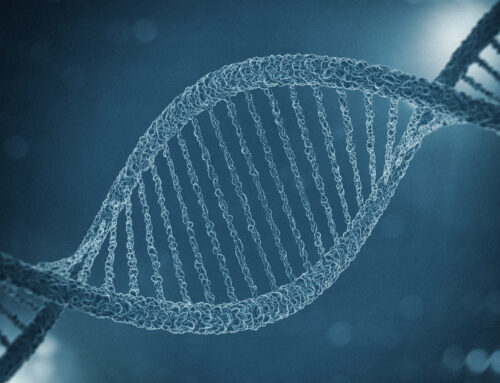By Carol Guzman
With the rise in direct-to-consumer tests like 23andMe or Ancestry DNA, people can seemingly easily discover their biological roots. While many are not fazed by the results, which often confirm with a family’s vague oral history of itself, others see their findings as life-altering news that makes them question who they really are. A recent New York Times Magazine report followed one woman’s experience receiving test results that didn’t match who she believed herself to be.
Sigrid Johnson is one of the more than 7 million people who have taken the popular at-home tests, which promise to reveal ancestry and distill ethnic composition down to a pie chart. Johnson, whose biological father was black and biological mother was white, expected her DNA results to show she was half African and half Italian. When she took the test in 2015, her results showed she was 45 percent Hispanic, 32 percent Middle Eastern, 14 percent European, and 9 percent “other” – which included 2.9 percent African ancestry.
That 2.9 percent figure shocked Johnson. She told the Times the results made her afraid others in her community would think she was a fraud. “How can I not be black?” she said. “I lived black. I was black.” Johnson is not alone in this experience.
Earlier this year, Sen. Elizabeth Warren released her DNA results confirming that she has Native American ancestry after facing criticism from political rivals for listing herself as a minority in professional directories while working at Harvard Law School. Rather than relying on a direct-to-consumer test, Warren solicited help from Dr. Carlos Bustamante, a renown genetics specialist and advisor to Ancestry.com. He concluded that there was strong evidence of Warren having a Native American ancestor 6 – 10 generations ago. The Cherokee Nation disapproved of Warren’s course of action, claiming her use of ancestry testing as inappropriate and undermining tribal interests. The criticism and uproar were so intense that many on the left and right questioned whether her decision would impact her potential 2020 presidential campaign.
In August 2018, House Speaker Paul Ryan discovered he had Jewish roots while filming PBS’ “Finding Your Roots with Henry Louis Gates Jr.” While Ryan never knew of his Jewish ancestry prior to the show many Jewish people criticized him for not upholding Jewish values. Unlike Warren, Ryan wasn’t denounced for claiming a Jewish heritage but for not being Jewish enough.
During Hanukah Sen.- elect Alexandra Ocasio-Cortez revealed that after investigating her family history she learned her ancestors consisted of Sephardic Jews. She further explained that Puerto Ricans are descendants of Spanish colonizers, indigenous peoples, and Jewish refugees. Anticipating backlash, the incoming senator tweeted, “Before everyone jumps on me – yes, culture isn’t DNA.”
Ocasio-Cortez’s Tweet rings true: Judaism is not defined by specific percentages in our genetic code but rather how we choose to celebrate and honor our Jewish culture and religion. But it also raises a larger question: what is the relationship between our genes, our culture, and our identity? Consider individuals of Jewish ancestry, who have a higher risk of being carriers of genetic disorders whether they chose to identify as Jewish or not. And yet a convert considers Judaism a core part of their identity without having any Jewish ancestry.
Sigrid’s core identity should not change just because her DNA test results do not align with the way she chooses to live her life. Ancestral testing is limiting and does not determine whether an individual has the authority to claim a heritage or culture.
Ancestry testing can be fun but does not provide a comprehensive picture of our identity and certainly is no substitute for health risk testing. For questions about carrier screening, cancer risk testing or other clinical genetic tests, please contact that Sarnoff Center.


